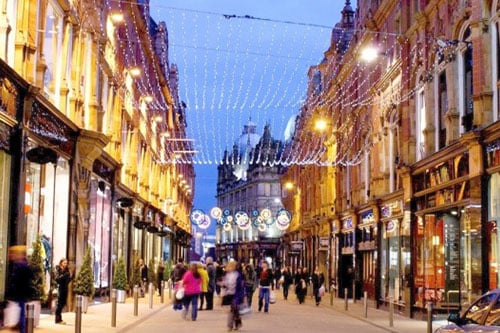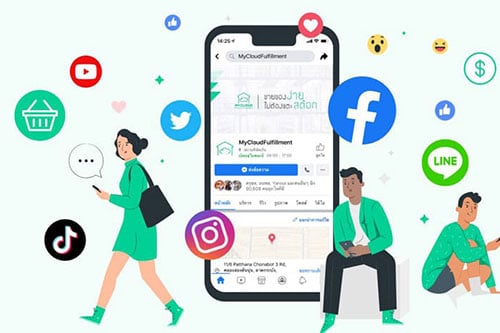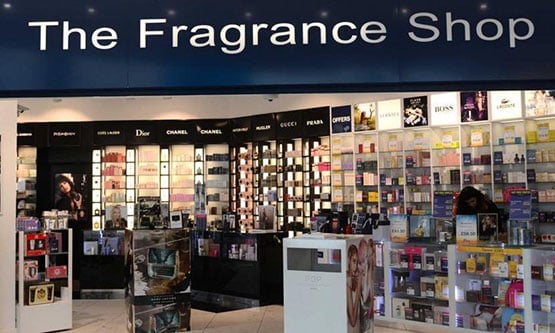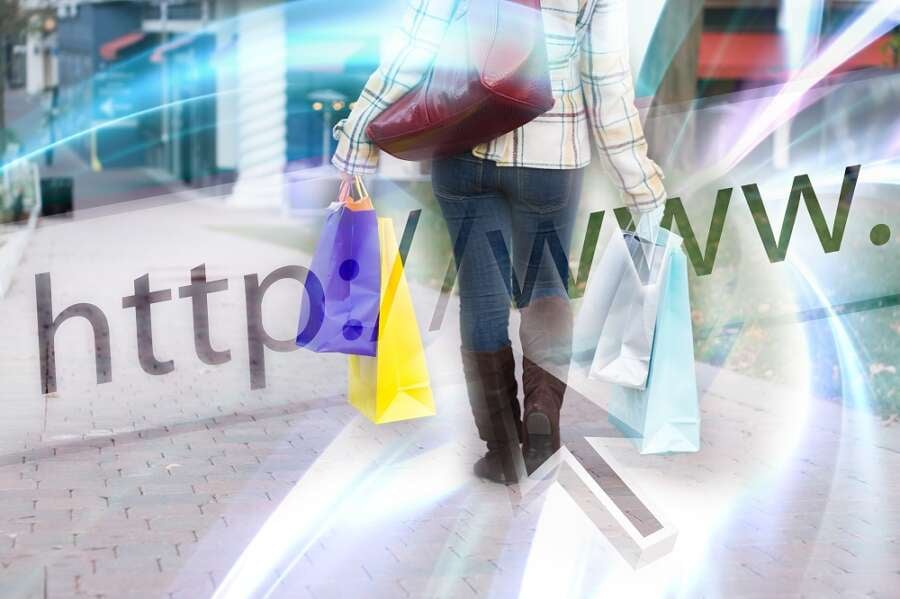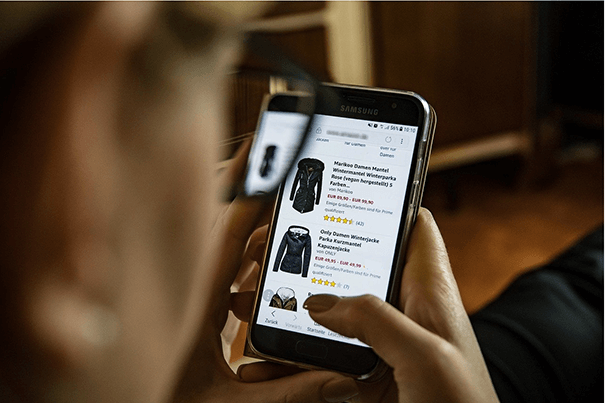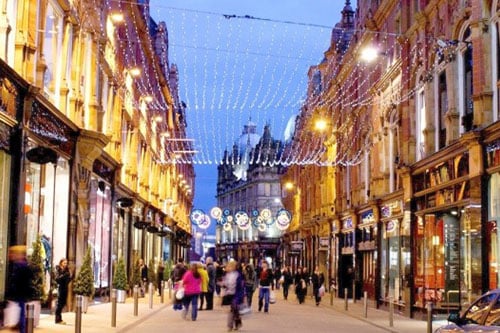Share this on
Britain has famously been called a 'a nation of shop keepers,' although whether it was Napoleon Bonaparte who coined the phrase, we don't know for sure. It does, however, show that for hundreds of years, retailing has been key to our economy.
The high street has been the backbone of retail but even back in 2011, Mary Portas' report for the Government on the decline of town centres recommended having them run more like businesses and highlighted, crucially, that the growth of online and out-of-town shopping had left many areas 'dying'.
At BetterCommerce, with our commerce platform and suite of tools for retailers, wholesalers, and brands we are very aware of the state of the high street, as well as online. Due to COVID, we are in an interesting place, which may ultimately define retailing, and the high street's position in it. Currently, they look like ghost towns. There will, however, be an initial pent-up desire of two to three months demand after the current lockdown is lifted and people will want to see what is happening in the high street. After that, it will go back to being the new normal with more well-known brands and independents alike, struggling and potentially closing their doors and customers defaulting to the instant gratification that online shopping can facilitate.
Remaining high street companies will be those selling high-value, experience-oriented, emotional products
The situation throws up many major questions including: what and who will go from the high street, who will stay and whether there's a combination that could be viable? I believe that the significant remaining high street companies will be those selling high-value, experience-oriented, emotional products that need a personal element - whether that's touch, smell or feel. An example would be home theatre systems. You would want to try them out before buying as they are generally an expensive, personal purchase. It's all about the experience. Normally, you wouldn't purchase such an item on Amazon, although you may try it out and then order it online.
In a conversion with Brendan Witcher from Forrester, I was told that in our lives, we tend to have approximately 21,000 items in a typical household. 60-70% of these things, like bulbs and sockets, we don't particularly care about and can go online to get them. The remaining 30-40% are the things we value, and we have a strong desire to physically go out to a shop to purchase them.
The pandemic has accelerated the pace of change to digitalise
So, can the high street be saved? Does it have the capacity or the will to change? In truth, it doesn't have any choice; it's do or die. Although the pandemic hasn't changed the direction of travel, it has accelerated the pace of change to digitalise and if retailers don't get on board, then they will quickly find themselves out of business. This is an area where commerce platforms like us can help.
Primarily, we're seen as responsible for enabling businesses to simply go online and enable smooth buy/sell transactions. Now, however, it's time to go beyond that to support customers from a service perspective. We know about them and their personalities and through different modules and capabilities we can bring it together, seamlessly and without causing a headache for them. Everything is so fragmented today that companies are struggling with integration and are overwhelmed as to what to do. Many businesses are still fighting for the basics. For example, some may not even have stock visibility across all their locations, or they don't know the value of the stock in real-time. These are basics, but they are fragmented across so many systems or excel spreadsheets, it's become a logistical nightmare!
Fulfilment centres on the high street would revolutionise retailers' ability to provide same day delivery
Elsewhere, the issue of empty properties in the high street needs to be addressed. Replacing empty commercial stores for housing is one option but the question is: would the demand be there? People don't necessarily want to live on a busy high street with many preferring more suburban areas. Another option would be to turn them into mini warehouses. Fulfilment centres are normally situated in large industrial estates outside of the city centre. If they were on the high street, however, one large building could be shared across perhaps 20 small warehouses. This would revolutionise retailers' ability to provide same day delivery.
There is, however, another slant around preserving high street premises. The Government needs to rethink the whole system. How should we valuate properties, and apply business rates and tax in these COVID times so that we can truly adopt an experiential-led model that can ensure the high street remains valid?
People want to buy but hate to wait
Looking at the high street in the next five years it will surely be all about the experience. There will undoubtedly be more stores like Apple, with multiple staff walking the floor, no point of sale and no obvious tills. As of today, the focus for stores is simply on buying. We need to move it on to convenience. Take a traditional clothes store on a Saturday or Sunday with people standing in a queue for 20 minutes before being able to pay. That's a real pain point. People want to buy but hate to wait.
The retailers have to be more in tune with what their customers want, to succeed in the high street. They only really know them when they make a purchase. The key, however, is making help available when the customer wants it and only engage at that point in time. For example, if the outlet doesn't have the dress the customer wants in its store but has it in another of its outlets and can guarantee to get it in 30 minutes, then that extra value makes a significant difference to the store experience.
Personalisation could be the difference between success and failure
Once you know the customer is buying from you a few times, the system has to immediately categorise you as a loyal customer. You may get 10% off your next purchase for example and a 'buy one lipstick get another for half price' offer when you've shopped there another couple of times. They're simple gestures but increase loyalty and brand advocacy. Personalisation is crucial and could be the difference between success and failure, but it needs to maintain its boundaries. Good personalisation is a service where you personalise it for the customer, without the customer realising it.
So, can we save the high street? Does it need to be saved? Perhaps we should consider it as a high street evolution, embracing digitalisation and bricks and mortar that we will see flourish over the next five years. Whatever happens, experiential and instant gratification will be critical factors for retailers to succeed in the 'new normal'.
Vikram Saxena is a passionate technologist with a track record of delivering multi-million dollar projects across the globe. A self-taught programmer, successfully running IT Service company since 2007 and launched SaaS based Commerce platform in 2016 simplifying the end to end business automation for SMB retailers by offering an integration solution.
